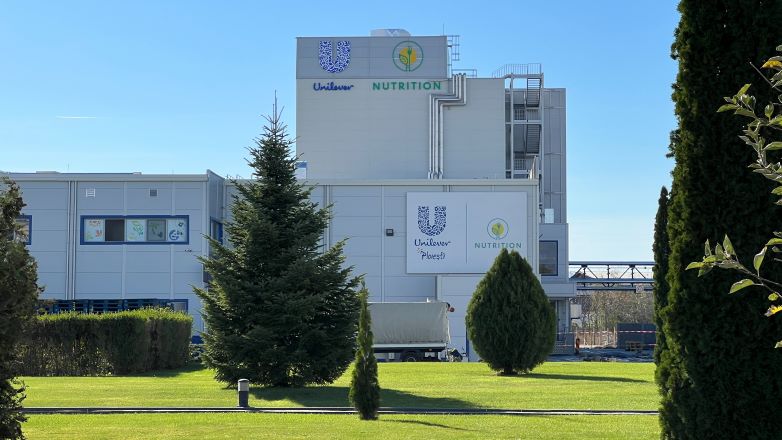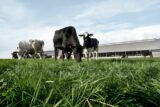Sidel has delivered a central palletising system composed of eight robotic cells, connected to 28 packing lines at Unilever’s nutrition factory in Ploiesti, Romania, for savoury brands including iconic, Knorr.
Unilever Ploiesti’s production capability has gradually evolved. Volumes have tripled from 12,000 tons per year to 35,000 tons per year; SKUs have risen from 200 to 1000; packaging lines increased from 14 to 28; and personnel has jumped from 200 to 700. It was no longer feasible to utilise the factory’s existing end-of-line system to manage the breadth of brands packed on site. Unilever Ploiesti has invested in a new central palletising solution, fundamentally designed for the continuous production site transformations.
Sidel installed a centralised palletising system comprising eight robotic cells; several hundred metres of case and pallet conveyors; four pallet handling shuttles; and two stretch wrappers, achieving a production rate of up to 98 pallets an hour. This consolidated system is connected to 28 packing lines. The robotic cells are divided into two separate clusters – one with five robots, and the other with three. Each cluster has one central pallet magazine for all pallet types and sizes, one induction shuttle for full pallet discharge and one compact shuttle for empty pallet delivery integrated underneath the robotic islands.
According to the capacity of each packing line and the palletising pattern requested, the cells have three or four product infeeds, ensuring a robot utilisation rate of 92 per cent.
Unilever’s masterplan for the Ploiesti site was to keep the palletisation space in a separate area from the packing hall to easily accommodate the recurring packing line modifications. To connect the two areas, Sidel proposed a high-level conveying solution with spiral elevators to save space, facilitate circulation and increase the overall flexibility linked to site transformations.
Said Iuliana Popescu Colt, Operations Manager, Unilever: “We’ve been impressed by Sidel’s design capability to fit the detailed palletising specifications we required in a compact area and simultaneously oversee the complexity and high throughput coming from the packing lines.”
Laurentiu Badulescu, Technical Manager added: “This was a complex project, however the solution developed by Sidel is based on standard proven modules, which have been developed and implemented in other projects. Sidel has combined them in a smart way, to deliver a custom solution, avoiding any complex start-up issues brought by a made-to-order one-shot solution.”
Sidel was able to demonstrate its proposed arrangement using virtual reality glasses which allowed Unilever to visualise the full installation, check the space constraints and solve potential issues related to platforms, the operators’ access and the raw material flows. Speed simulations also helped to confirm the speed levels and the robot utilisation rate. After the design phase, Sidel’s project management spanned from factory acceptance testing to site installation. All eight robot cells were completed in less than eight months. The modular concept accelerated installation as each cell was commissioned individually and at once integrated into the factory’s live packaging operations.
Laurentiu continued: “Spending a little bit more time in design and simulations helped during the installation phase. The virtual model fitted exactly in the physical space, so that we achieved the desired throughput in a very short time.”
The central palletising system is integrated in the Unilever digital process. As soon as the operator selects the production order from the packing line, all the information related to the palletisation, including pallet size, type of pattern, number of rows/layers, and the label to apply is all automatically set and transmitted to the corresponding palletising cell and the entire end-of-line setup.
Concluded Lucian Tarida, Process Engineer, Unilever: “At Unilever, in every project, we prioritise energy reduction as we’re aiming to achieve a zero-carbon footprint by 2030. By using an energy saving module for each robotic cell of this palletising installation from Sidel, we’re able to generate energy from the robotic arm deceleration and re-inject it into the network to be used by other robots or equipment within the line. Similarly, when a packing line is stopped for cleaning or changeover, conveyors enter standby mode as the photocells detect no products are being transported.” For more visit sidel.com



